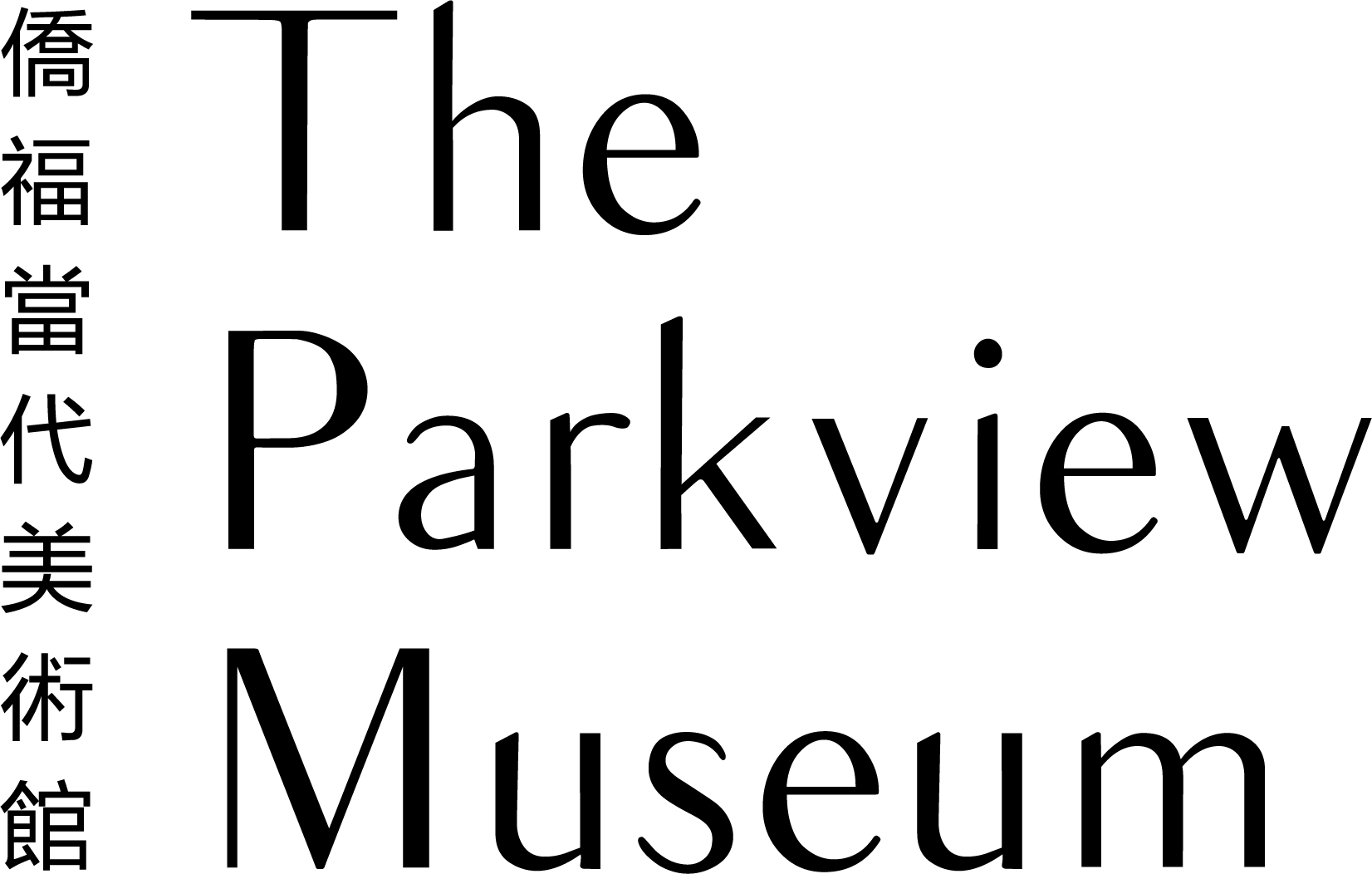UCCA Beijing Open Today, 10:00-19:00 (Final entry: 18:30)
UCCA Dune Open Today, 9:30-19:30 (Final entry: 19:00)
UCCA Edge Closed Today,
UCCA OffsiteUCCA × The Parkview Museum·Beijing
2023.9.24
UCCA × The Parkview Museum·Beijing
“Matisse by Matisse” Film Series: The Adventurers of Modern Art
2023.9.24
14:00-15:50
The early twentieth century was a moment of industrial and economic progress in Europe. Human curiosity turned to both outer and inner worlds, and art began to depict emotions and the human psyche in new ways that went beyond visual reality. In 1905, a new transformative art movement emerged at the Salon d’Automne in Paris. Henri Matisse used brilliant and bold colors to break new ground past the then-prevalent style of Impressionism. Critics compared Matisse and other artists with wild beasts, leading to the birth of a new movement: Fauvism, characterized by vibrant colors and bold brushstrokes
A pioneering modernist movement, Fauvism moved away from representing the real colors of objects to instead allow artists to express their subjective emotions through the choice of color. Bolstered by the broader cultural and social changes in a modernizing society, the new style burst onto the art scene at sites like the artists’ residence Le Bateau-Lavoir. This rundown warehouse, home to masters like Picasso and Apollinaire, would become the birthplace of modern art.
After his “Rose Period,” Picasso began to be influenced by Matisse, causing him to reconsider his creative direction. In 1907, the unveiling of Picasso’s Les Demoiselles d’Avignon would spark the emergence of a new movement: Cubism. Many artists had reservations about this groundbreaking painting, and Matisse in particular expressed disappointment, referring to the work as an uninteresting joke. Styles would change once again when World War I cast a shadow over a once-bright art scene, covering artists’ works in a gray hue. The approaches of fragmentation, analysis, and reconstruction introduced by Cubism cut through the turmoil, leaving behind fragmentary and haunting figures in a turbulent and uncertain era.
On Sunday, September 24, UCCA and the Parkview Museum·Beijing are collaborating to screen the first two episodes of The Adventurers of Modern Art, as part of the “Matisse by Matisse” film series. Adapted from Dan Franck’s literary trilogy, this series, made up of six episodes, plunges us into Parisian life in the beginning of the twentieth century, a hotbed of artistic creation with the blossoming of Fauvism, Cubism, Dadaism, and surrealism. Illustrations, animation, and original archival materials bring us back to the birth of modern art. The main characters are Picasso, Max Jacob, Stein, Apollinaire, Hemingway, Matisse, Cocteau, Dali, Man Ray, and Kiki de Montparnasse. They were adventurers before becoming heroes.We invites you to dive into a high point of modern art, marveling at Matisse’s vibrant colors and Picasso’s unprecedented approach towards shape and form. In these episodes they can witness the ups and downs of various art movements and the continuous progression of modern art.
Schedule
2023.9.24(Sun)14:00-15:50The Adventurers of Modern Art, Episodes 1 and 2 “Bohemia” and “Picasso and His Gang”
Films introduction
The Adventurers of Modern Art, Episodes 1: “Bohemia”
Director: Amelie Harrault, Valerie Loiseleux
Genre: Documentary
Production company: Silex Films
Duration: 52 minutes
Country: France
Year: 2015
Copyright holder: ARTE Distribution
Exclusive technical support: Time-In-Portrait Entertainment Synopsis: The story plunges us into Parisian life at the beginning of the twentieth century, a hotbed of artistic creation with the blossoming of Fauvism, Cubism, Dadaism and Surrealism. “Episode 1: Bohemia”: In joyous, early twentieth century Montmartre, a band of penniless artists comprising Max Jacob, Picasso, Apollinaire, Derain and Vlaminck, among others, takes up residence in an old piano factory: Le Bateau-Lavoir. In joyous early twentieth century Montmartre, a band of penniless artists comprising Max Jacob, Picasso, Apollinaire, Derain, and Vlaminck among others, takes up residence in an old piano factory: Le Bateau-Lavoir. Soon enough, anyone who is anyone in the way of painters, writers, and art collectors is rubbing shoulders in the shabby-chic hallways of their warehouse. The bohemian lifestyle that they cultivate revolves around doing work, meeting muses, and making merry. Meanwhile, on the other side of the Seine, Matisse, known for leading a life of austerity, is busy turning the established order upside down at the Salon d’Automne of 1905, exhibiting works that burst with flamboyant color. Fauvism is born. From within the murky halls of the Bateau-Lavoir, Picasso prepares his response. Paying homage to their respective visions of modernity, the two painters ready their brushes for a contest of canvases.
The Adventurers of Modern Art, Episodes 2: “Picasso and His Gang”
Director: Amelie Harrault, Valerie Loiseleux
Genre: Documentary
Production company: Silex Films
Duration: 52 minutes
Country: France
Year: 2015
Copyright holder: ARTE Distribution
Exclusive technical support: Time-In-Portrait Entertainment
Synopsis: “Episode 2: Picasso and His Gang”: Picasso responds to Matisse with Les Demoiselles d’Avignon. The canvas causes a scandal and ushers in the aesthetic of Cubism. Picasso responds to Matisse with Les Demoiselles d’Avignon. The canvas causes a scandal and ushers in the aesthetic of Cubism.Not long thereafter, however, a series of rifts occur. Picasso, now wealthy from record sales figures, leaves the Bateau-Lavoir. Apollinaire moves into the heart of the Saint-Germain neighborhood. The poet Max Jacob, the poorest of them all, is one of the only bohemians to continue living in the hardscrabble misery of Montmartre.When the First World War breaks out, yesterday’s friends part ways forever. Braque, Derain, and Vlaminck go to the front. Picasso stays in Paris. Apollinaire is wounded on the frontlines in 1916. Picasso responds to Matisse with Les Demoiselles d’Avignon. The canvas causes a scandal and ushers in the aesthetic of Cubism.Not long thereafter, however, a series of rifts occur. Picasso, now wealthy from record sales figures, leaves the Bateau-Lavoir. Apollinaire moves into the heart of the Saint-Germain neighborhood. The poet Max Jacob, the poorest of them all, is one of the only bohemians to continue living in the hardscrabble misery of Montmartre. When the First World War breaks out, yesterday’s friends part ways forever. Braque, Derain, and Vlaminck go to the front. Picasso stays in Paris. Apollinaire is wounded on the frontlines in 1916.
About the directors
Amelie Harrault (Director, Animator, Screenwriter, Cinematographer)
Amelie Harrault first studied at the Fine Arts Academy of Toulouse (Les Beaux Arts) then at EMCA, the animation school of Angouleme. She has worked as a colorist on two shorts in 2013 and 2014, she also collaborated in the illustration and layout of several books. In 2013, she director her first professional short film Mademoiselle Kiki et les Montparnos (2013), which has received the César Award for Best Animated Short Film in 2014. Since this year, Amélie has been artistic director of the animation studio Silex Animation in Angoulême, then released the series Adventurers of Modern Art in 2015.
Valerie Loiseleux (Director, Editor)
Valerie Loiseleux is the daughter of the French director and cinematographer Jacques Loiseleux. Since 1991, she has been actively involved in editing numerous films by the Spanish director Manoel de Oliveira. In 2004, she received the prestigious César Award for Best Editing for her work on Lucas Belvaux's film Un Couple épatant (2002). Over the years, she has garnered numerous awards and earned international recognition for her contributions as a film and television editor. In 2015, Valérie Loiseleux and Amelie Harrault co-directed The Adventurers of Modern Art.Collaborator

Media Cooperation:


